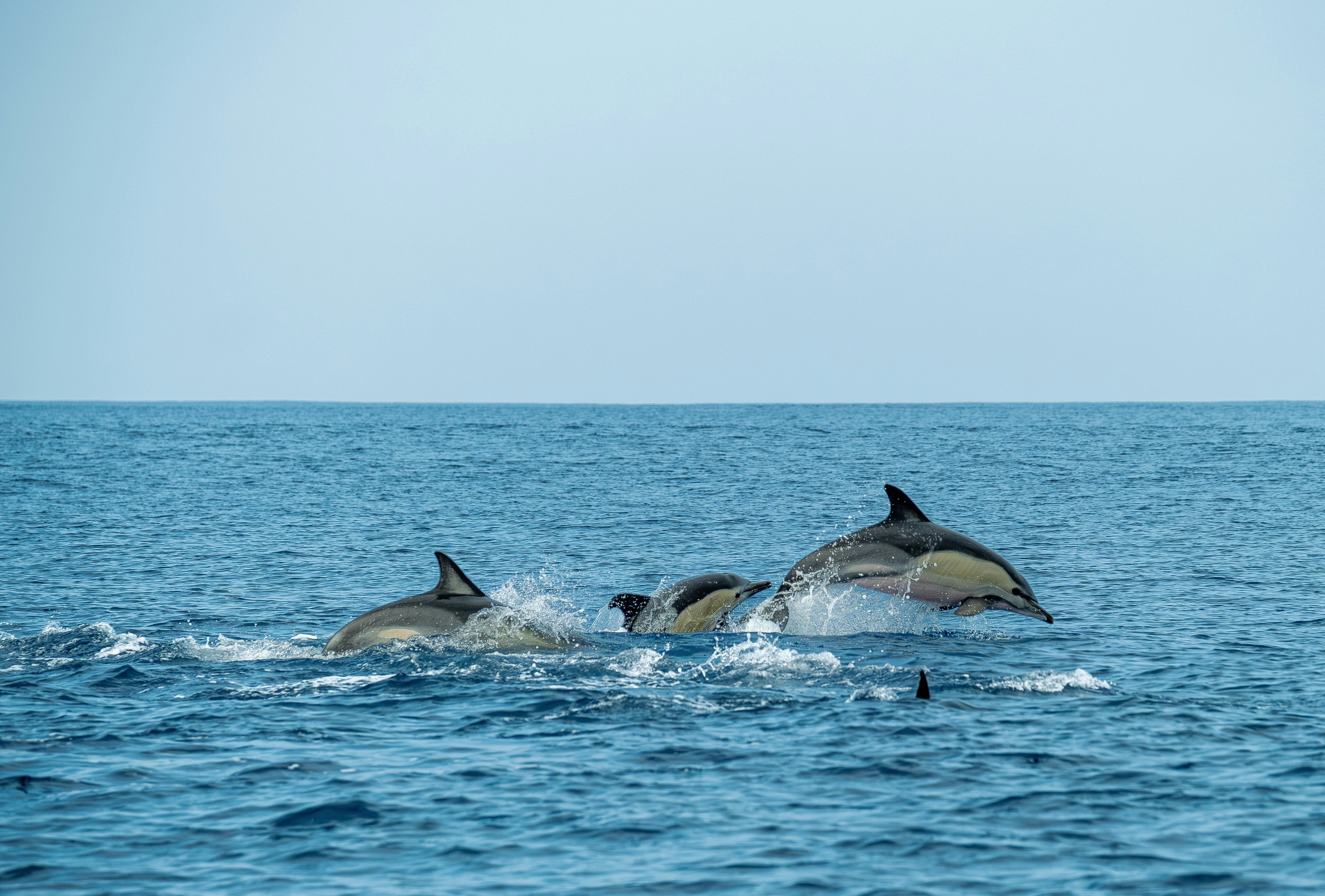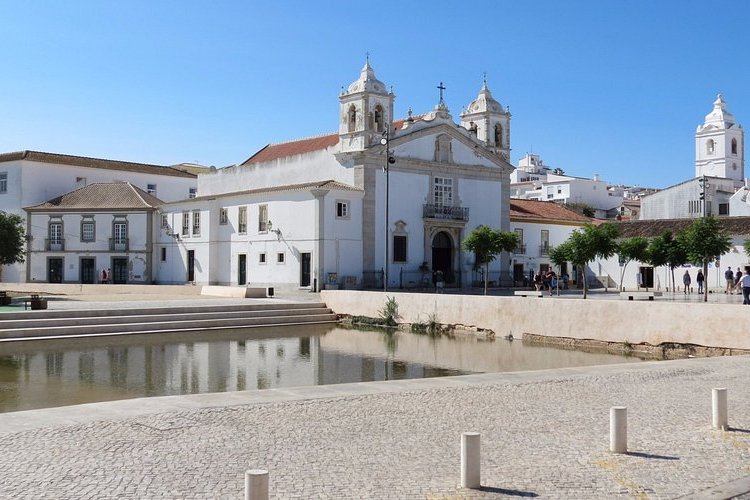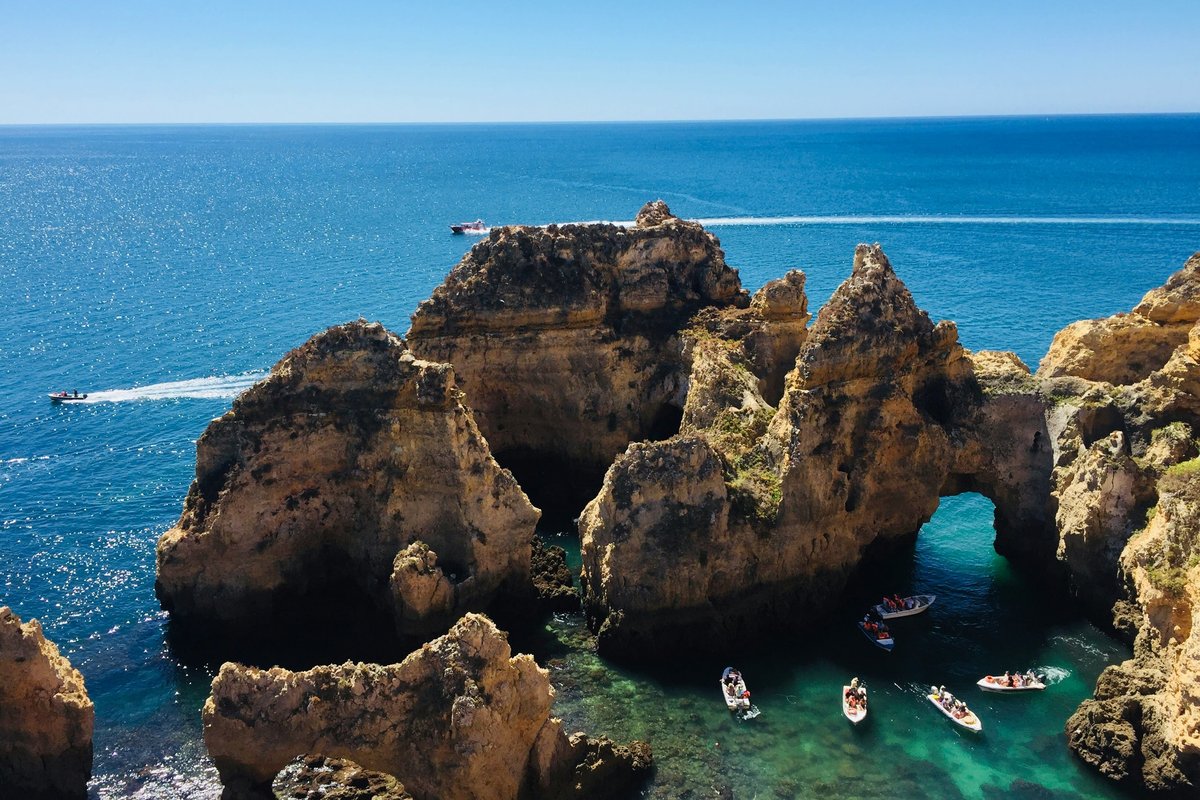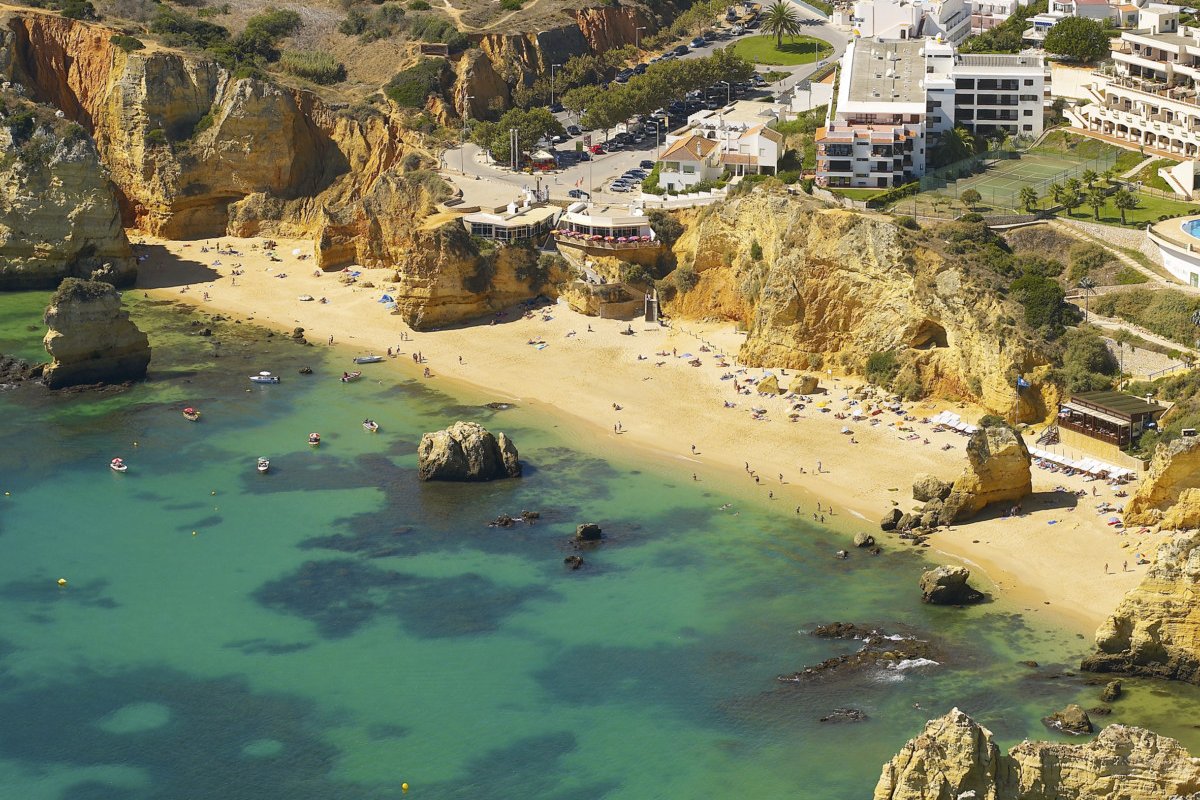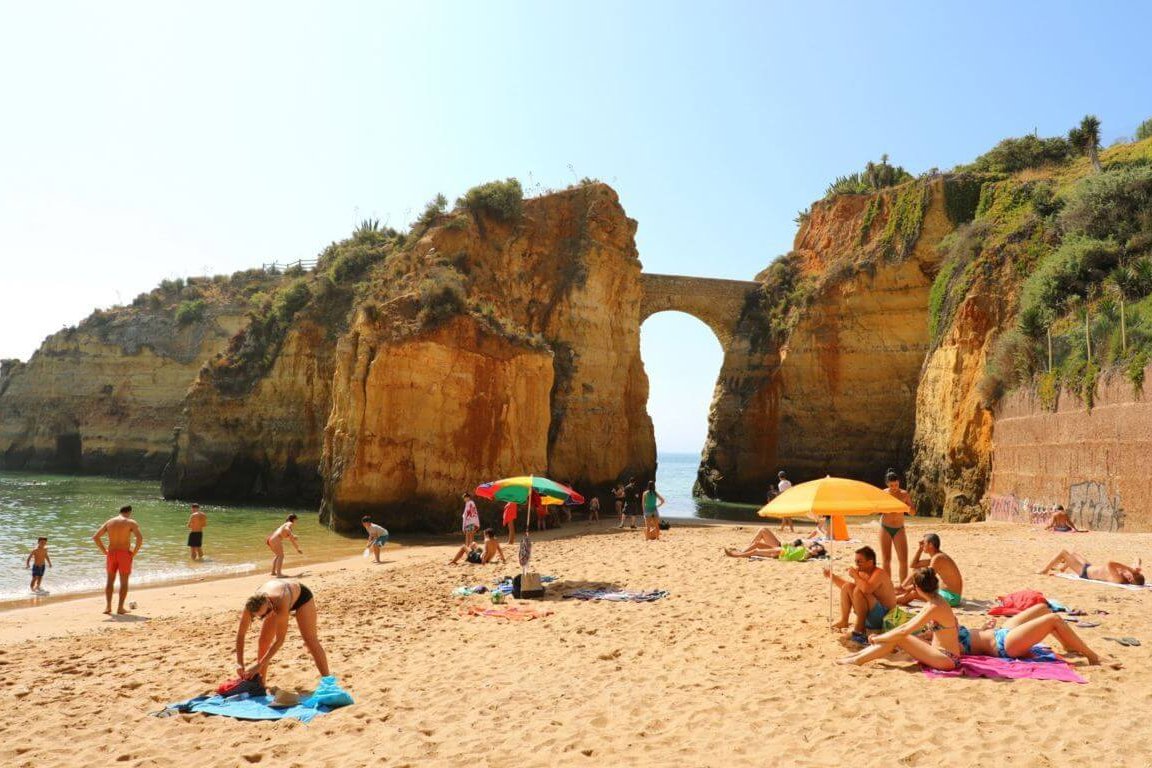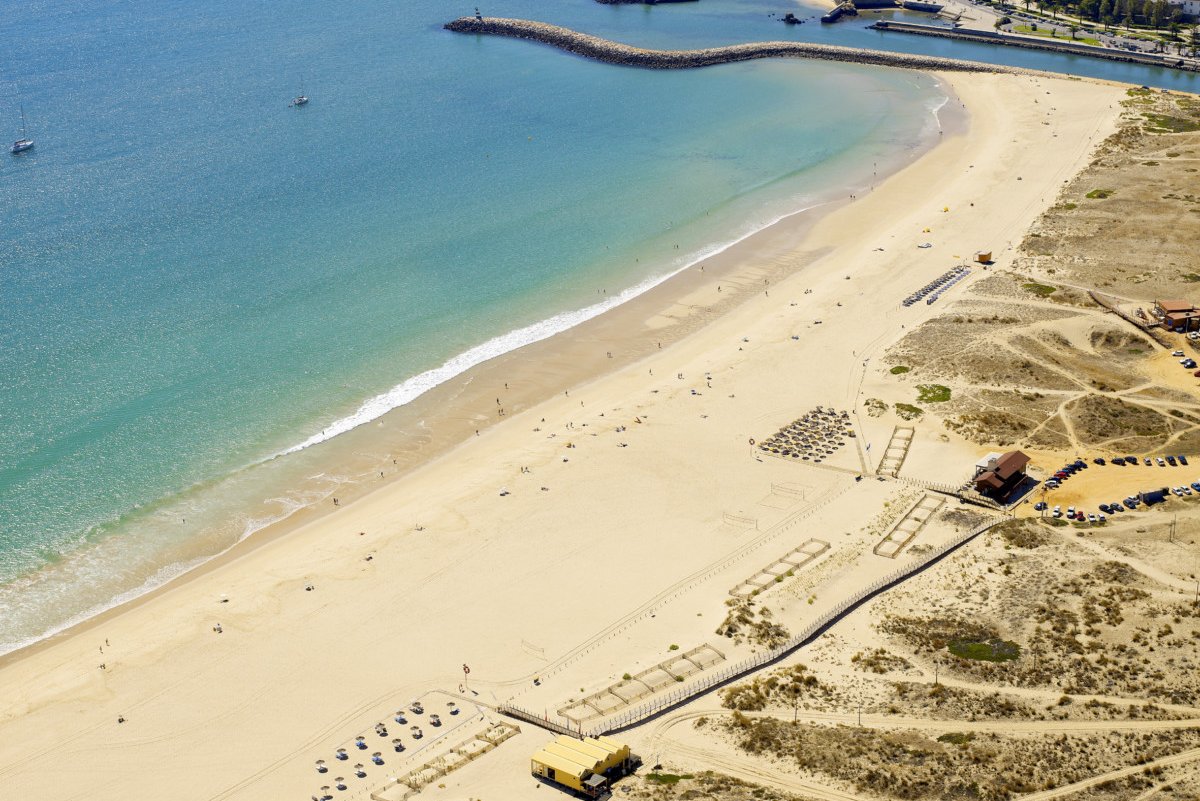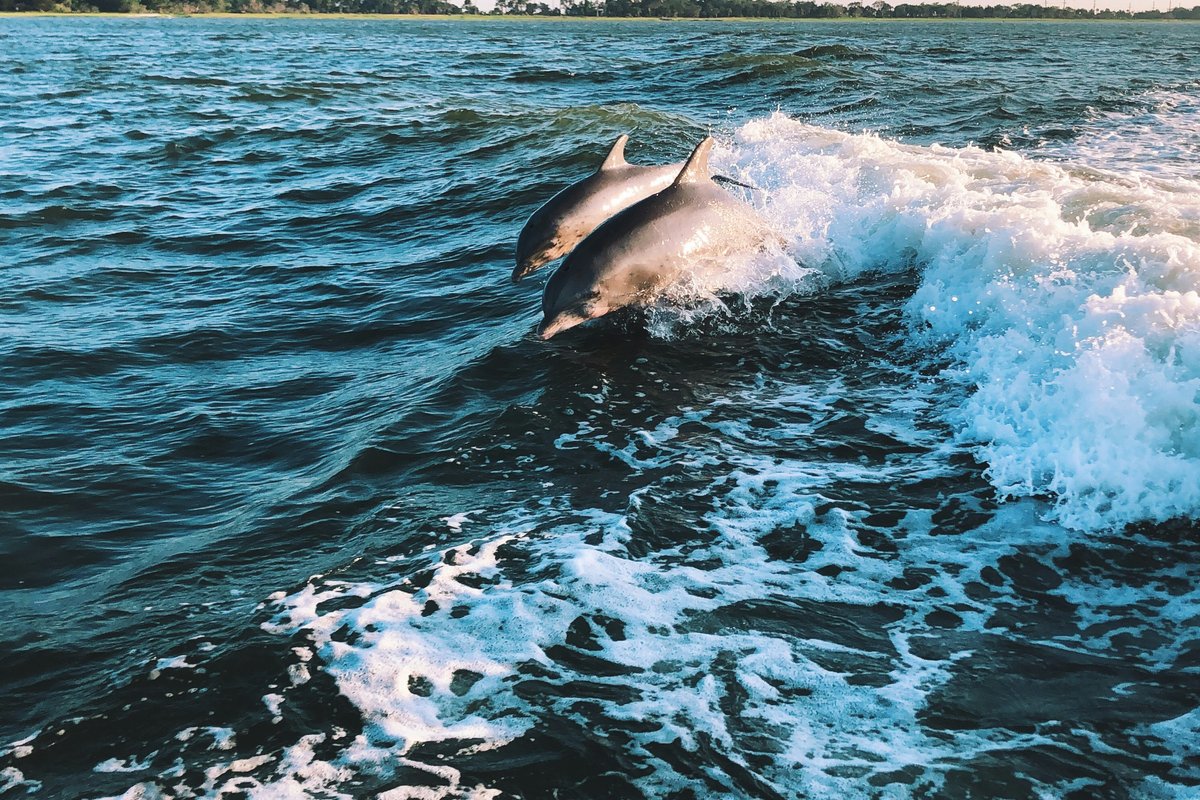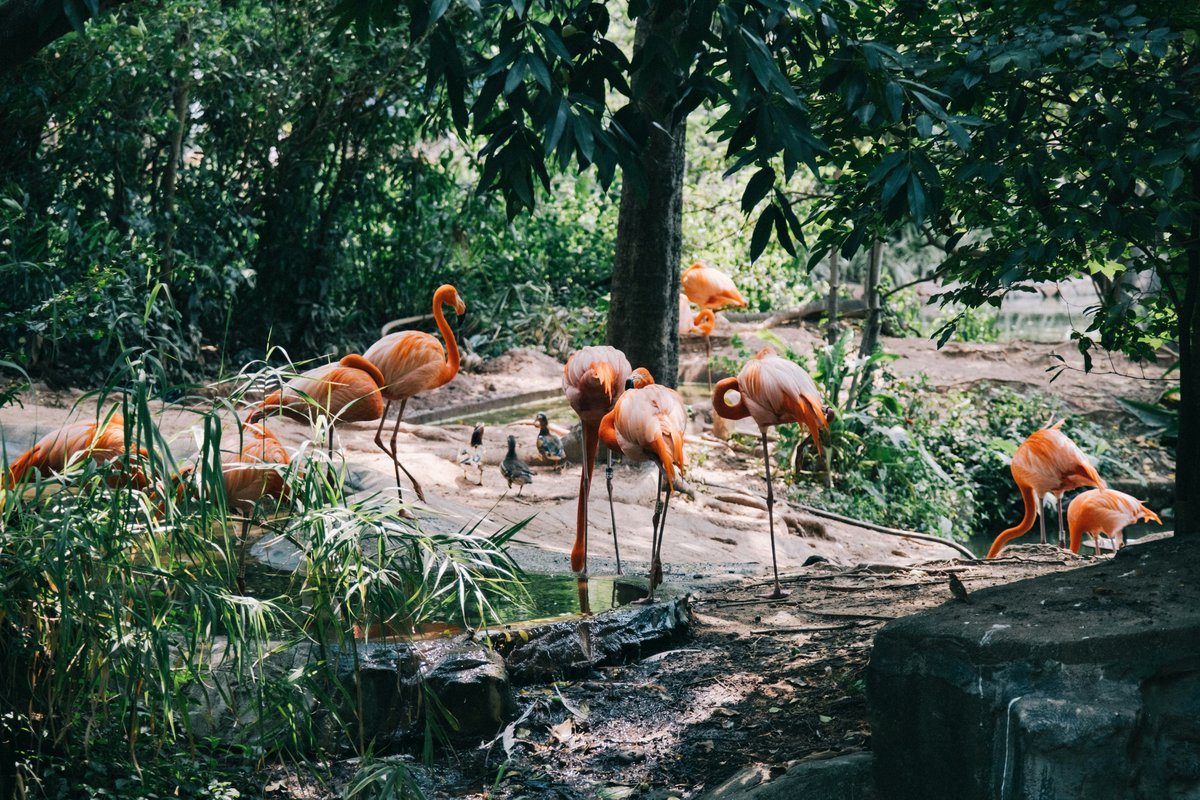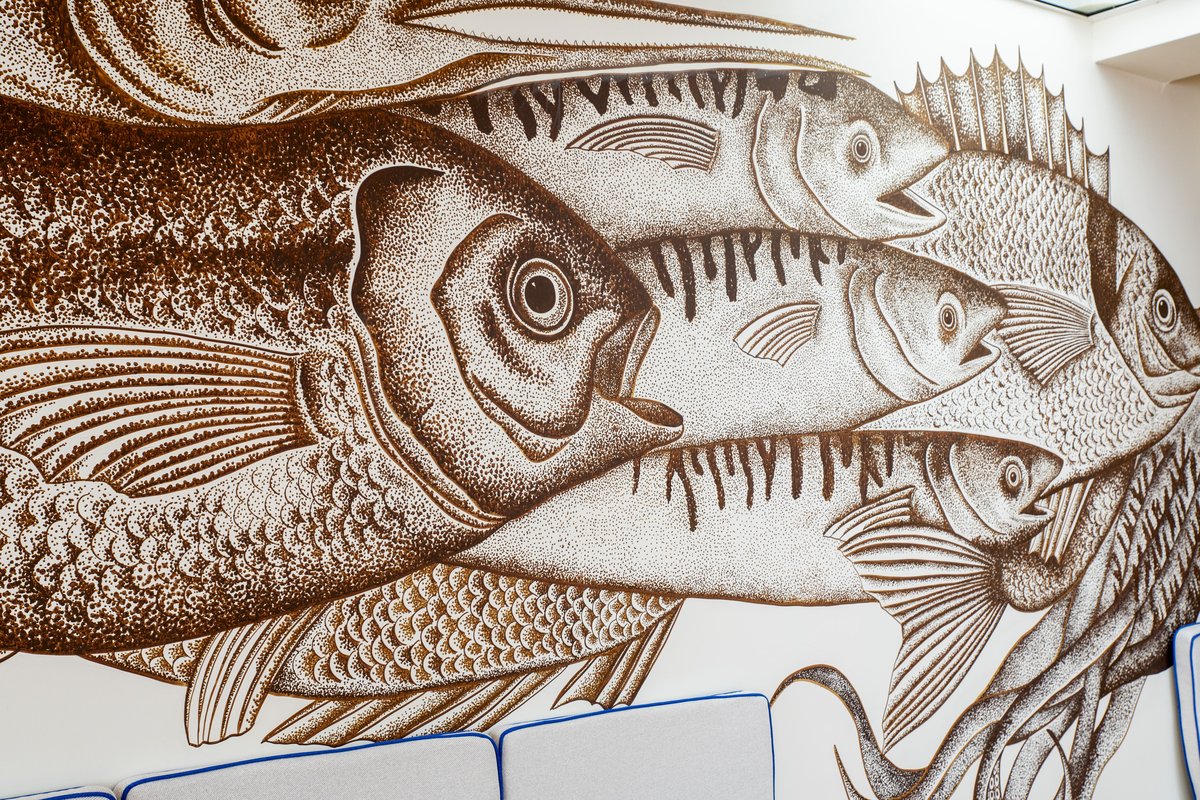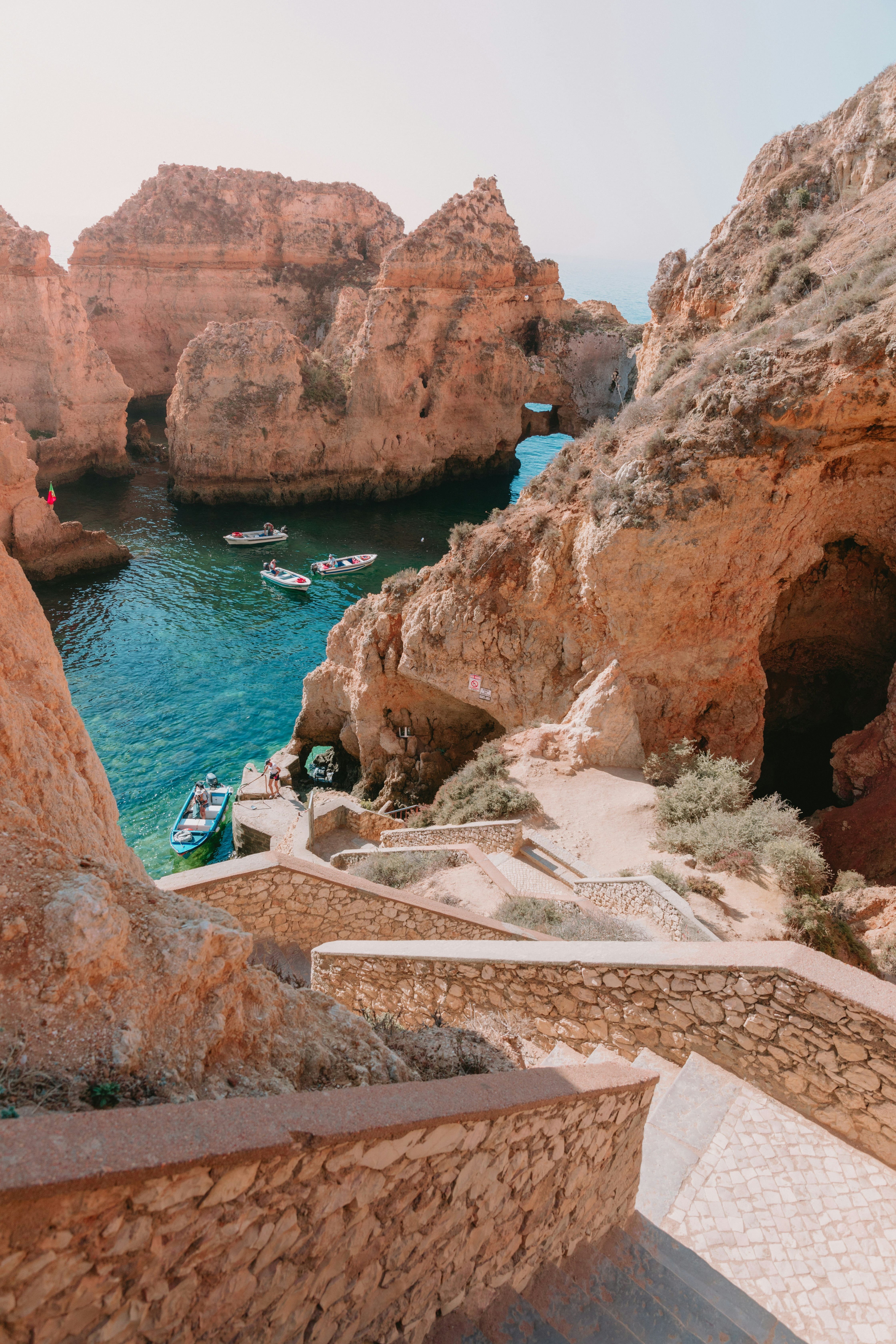

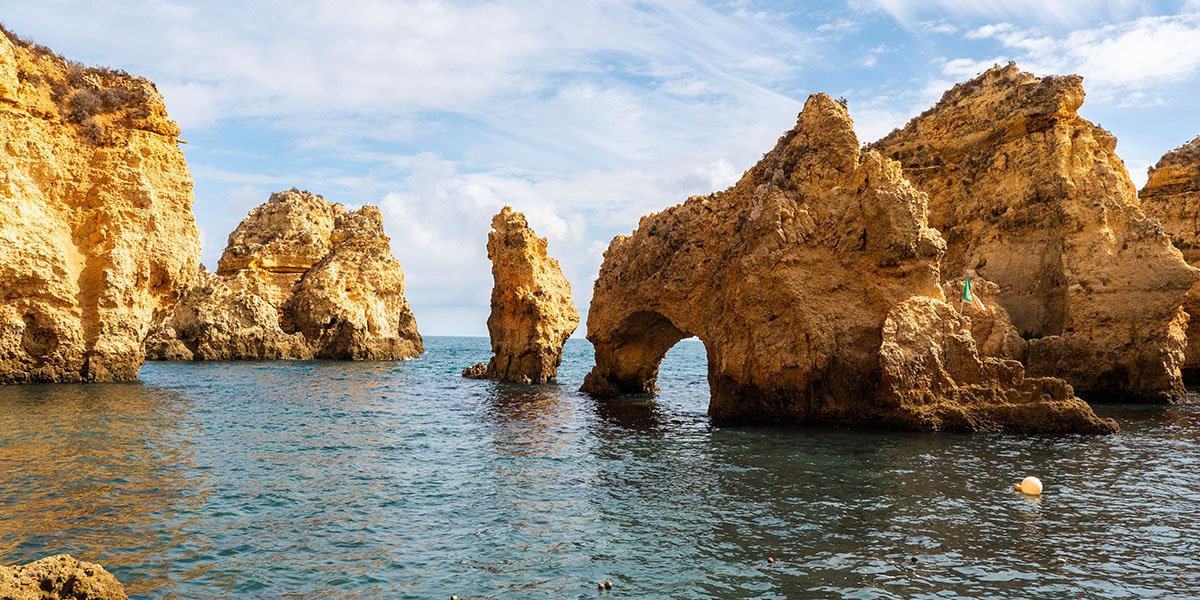

Between golden cliffs and a paradise-like sea
Lagos is a city where past and present meet with the rhythm of the tides. Nestled in the heart of the western Algarve, it is one of the region’s most charismatic destinations, blending the heritage of the Portuguese Discoveries with a relaxed lifestyle, where the sun shines over 300 days a year.
The old port, from which the caravels set sail, remains a symbol of a glorious era, yet Lagos doesn’t dwell on its history. The city constantly reinvents itself, offering stunning beaches, urban art, nautical experiences, and a rich culinary scene.
The city preserves a charming historic center, protected by walls and filled with cobbled streets, historic buildings, and flower-filled terraces. Climbing the walls or exploring the towers of the old defensive perimeter offers a bird’s-eye view of Lagos, with whitewashed houses cascading toward the sea and the deep blue Atlantic stretching to the horizon.
How to Get There and When to Visit
Lagos’ historic center is largely pedestrian, making it perfect for leisurely exploration on foot, with time to soak in the details. For those wanting to visit more remote beaches or take trips to nearby towns like Sagres or Silves, renting a car can be convenient. There are also regional buses connecting Lagos to other Algarve destinations, with regular schedules.
The best time to visit is between April and June, or in September, when the weather is mild, crowds are smaller, and the light is perfect for hiking, photography, and boat trips. Even in winter, Lagos enjoys surprisingly pleasant temperatures, ranging from 20 to 24 °C, making it an excellent destination for off-season getaways.
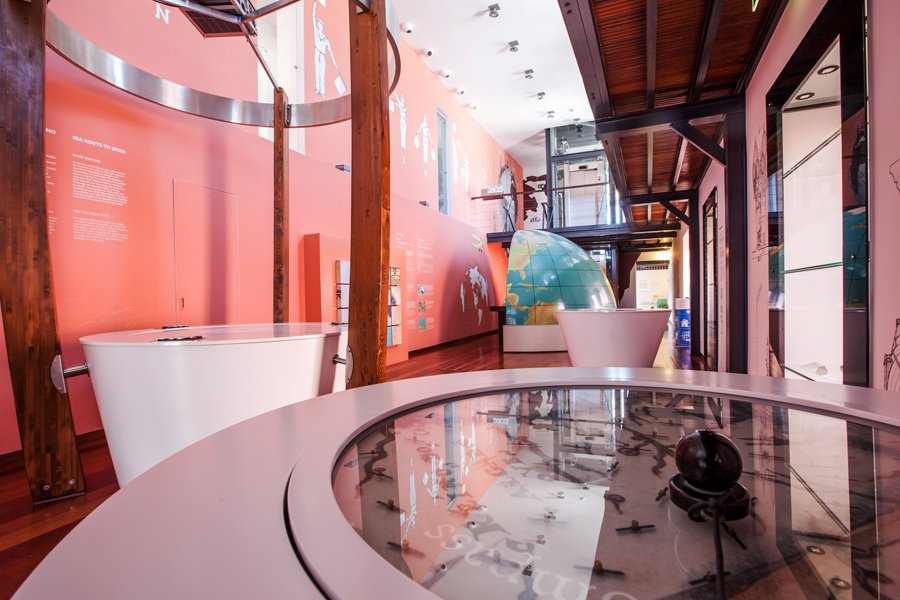

Between Science and Popular Culture
One of the city’s most fascinating cultural spaces is the Lagos Science Center, housed in Casa Fogaça, an 18th-century manor with Pombaline architecture. Through interactive exhibits on cartography, navigation, astronomy, and shipbuilding, the center clearly illustrates the city’s role in the Age of Discoveries—making it a fantastic option for families and curious minds of all ages.
Lagos is also a destination with a strong religious tradition, visible in the many churches scattered throughout the city. Notable examples include the Chapel of São João Batista, dating back to the 12th and 13th centuries, and the churches of Nossa Senhora do Carmo and Nossa Senhora da Graça, which showcase Renaissance and Baroque elements alongside successive reconstructions following the 1755 earthquake. Each site has its own unique character and offers a symbolic journey through faith and the architecture of southern Portugal.
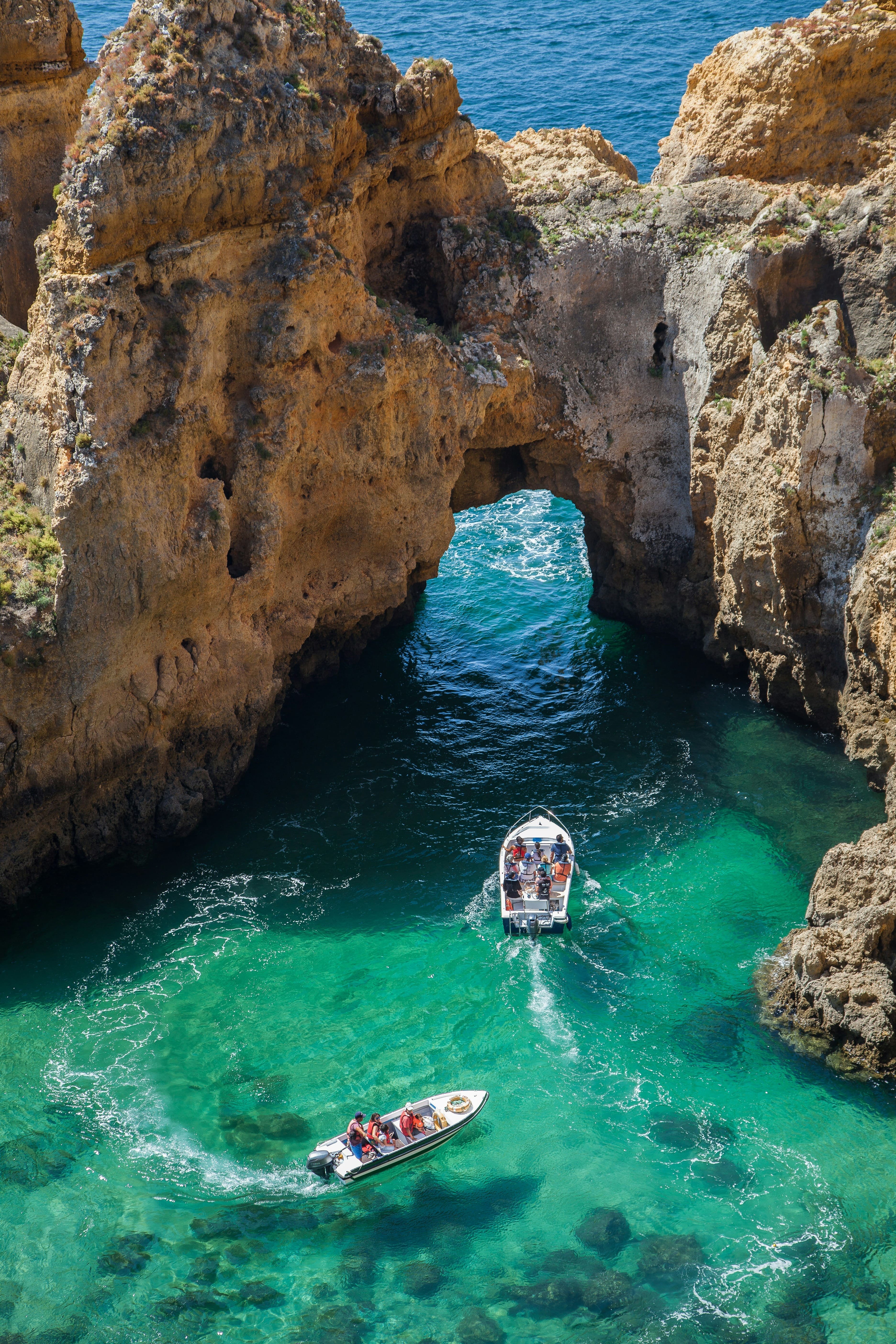

Not far from the marina stands the 17th-century Forte da Ponta da Bandeira. Once a key part of the bay’s defenses, this fort has been restored and is now open to the public, offering spectacular views over the harbor entrance and the ocean.
Beaches That Spark the Imagination
Lagos boasts some of the most scenic beaches in Portugal, each offering a unique experience. Ponta da Piedade, perhaps the most iconic spot on the Algarve coast, is a true natural monument, featuring golden cliffs, sea-carved arches, hidden caves, and coves inaccessible by land. The viewpoint offers one of the most unforgettable views in the Algarve, especially at sunset.
Just a few minutes away, Praia da Dona Ana invites visitors to swim in calm waters sheltered by towering ochre cliffs. Meanwhile, Praia do Camilo, reached via a long wooden staircase and a tunnel carved into the rock, offers a photogenic and intimate setting—perfect for snorkeling or simply relaxing and taking in the view.
Praia dos Estudantes, with its stone arch between the rocks, connects to other coves through tunnels accessible at low tide, making it ideal for leisurely exploration. Finally, the expansive Meia Praia, stretching over 4 km, offers livelier areas to the west and quieter spots to the east, some even frequented by naturists. It’s perfect for walking, running, swimming, or simply laying down your towel and relaxing.
Activities and Experiences for Every Taste
Water-based activities are among Lagos’ main attractions. Sunrise kayak or stand-up paddle tours are especially popular, offering a chance to explore the caves and rock formations of Ponta da Piedade in calm waters and golden light. Guided tours typically last around 2 hours and cost about €40, with equipment included.
On land, Lagos offers equally captivating experiences. The Rota Vicentina, a network of scenic hiking trails, begins at Praia da Luz and follows the coast to Ponta da Piedade, passing through areas like Porto de Mós and breathtaking cliffs. For street art enthusiasts, the historic center is filled with colorful murals by local artists, including the famous “Don’t Take the Bait” by Mister Thoms on Rua Dom Nuno de Mascarenhas.
In the surrounding area, two excursions stand out: Silves, with its red sandstone castle and well-preserved medieval town atmosphere; and Sagres, at the southwestern tip of continental Europe, where Cape St. Vincent impresses with its dramatic landscape and the feeling of standing at the “edge of the world.”
For families, the Lagos Zoo offers an educational and fun experience, featuring both native and exotic species in a well-maintained setting. A visit can easily be combined with the Science Center for a full day of activities suitable for all ages.
